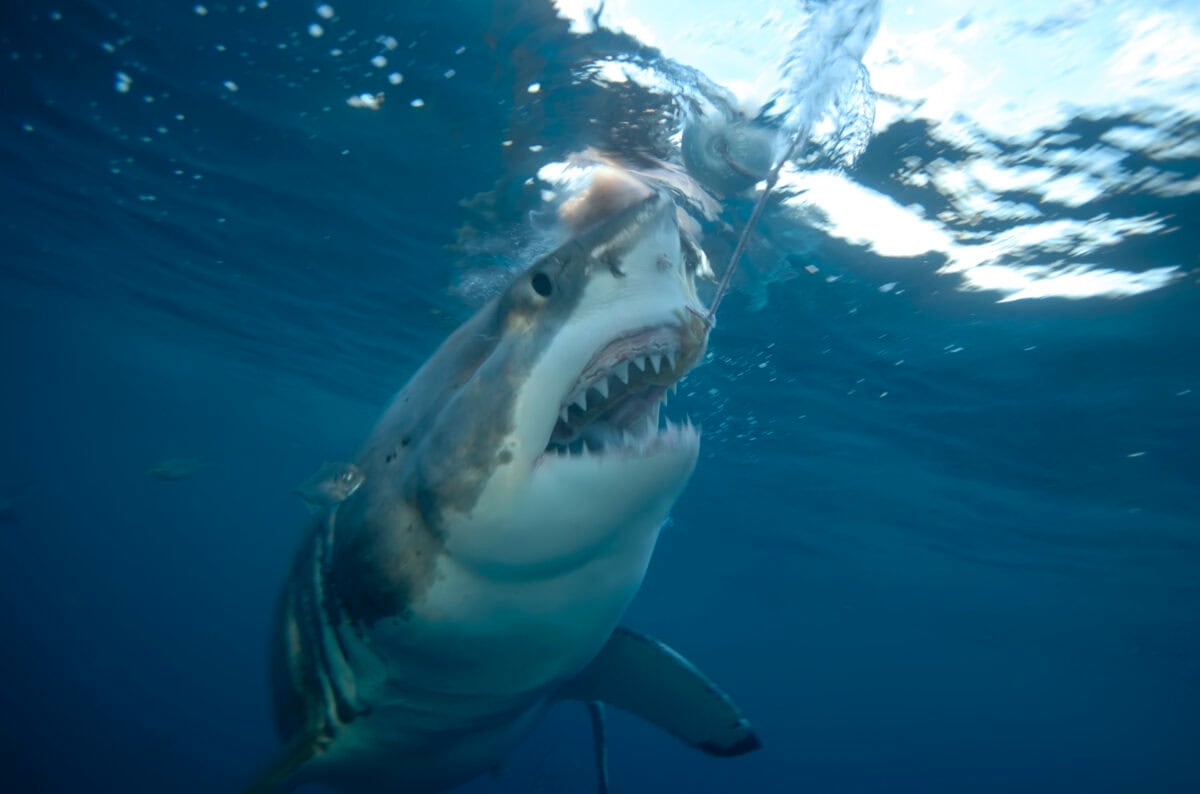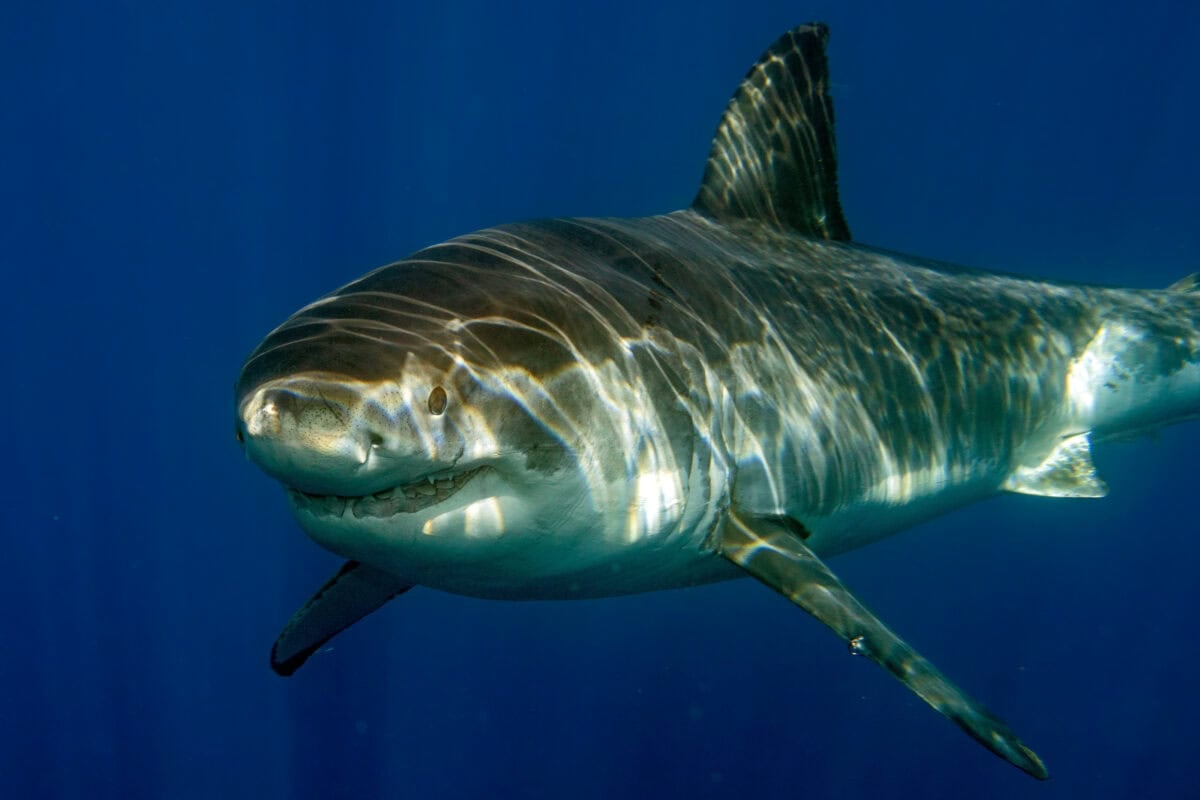Recently, the scientific community was abuzz with excitement as researchers announced the discovery of a new subspecies of the great white shark. This groundbreaking find not only enriches our understanding of one of the ocean’s most iconic predators but also highlights the importance of marine biodiversity. Dive into the fascinating world of this newly discovered subspecies and explore the implications of this remarkable discovery.
Understanding the Great White Shark

The great white shark (Carcharodon carcharias) is among the ocean’s most studied and revered creatures. Known for its size, power, and distinctive appearance, the great white plays a crucial role in marine ecosystems as a top predator. Their sharp senses and significant migratory patterns make them a subject of intrigue and respect among marine biologists.
The Discovery of a New Subspecies

The discovery of a new subspecies within a well-documented species like the great white shark is a rare and exciting event. Scientists located this unnamed subspecies during an extensive research expedition focusing on unexplored ocean regions. This discovery underscores the ocean’s vast diversity, as significant genetic variance from the known great white shark population was observed.
Distinctive Characteristics of the New Subspecies

The newly identified subspecies displays several unique physical features that set it apart from its well-known relatives. These include variations in skin coloration and adaptations in their skeletal structure. Such differences suggest adaptation to specific environmental conditions, possibly indicating a habitat distinct from the broader known range of the great white shark.
Habitat and Distribution Patterns

The habitat and distribution of this newfound subspecies have captured scientists’ attention. Initial findings suggest they may inhabit deeper, less-explored regions of the ocean, which could explain why they have remained hidden for so long. Further research is necessary to pinpoint their exact range and understand the environmental factors influencing their distribution.
Ecological Role and Predatory Behavior

Much like their more famous relatives, this subspecies plays a crucial role in maintaining the balance of marine ecosystems. The study of their predatory habits reveals subtle differences, possibly due to variation in prey availability in their niche habitats. Understanding these differences is vital for conservation efforts and maintaining the health of marine ecosystems.
Genetic Divergence and Speciation

The discovery of this subspecies provides new insights into the evolutionary history of the great white shark. Genetic analysis indicates significant divergence, pointing to a lengthy period of isolation or adaptation to unique environmental pressures. This knowledge enriches our understanding of speciation processes in marine life.
Conservation Implications

The discovery comes with notable implications for conservation strategies. Protecting this subspecies, particularly in unexplored oceanic zones, is crucial. Efforts must focus on preserving their habitats and ensuring that fishing practices do not disrupt their populations. This find heightens the urgency for international cooperation in marine conservation efforts.
Potential for Future Research

This discovery opens new avenues for research into the life history and ecology of great white sharks. Further investigations could yield invaluable data on marine biodiversity and the implications of environmental changes on species adaptability.
Public Interest and Awareness

As one of the ocean’s most iconic creatures, any discovery regarding great white sharks garners significant public interest. This new subspecies has the potential to raise awareness about marine biodiversity and the critical role of lesser-known ocean regions in supporting life. Educational campaigns can leverage this interest to foster a deeper connection between humans and the marine environment.
The Role of Technology in Discovery

Advanced technologies, such as genomic sequencing and remote submersible vehicles, played a pivotal role in this discovery. These tools allowed researchers to explore previously inaccessible ocean depths and uncover genetic distinctions. This emphasizes the importance of technological advancement in expanding our understanding of the natural world.
Challenges in Protecting the Subspecies

Conservation of the new subspecies will likely face challenges, including limited knowledge of their ecosystems and areas of habitation. Establishing measures to monitor and regulate human activities in their environments is crucial. International policies may need updating to encompass new data about marine biodiversity.
Conclusion: The Future of Ocean Discovery

The discovery of a new subspecies of the great white shark is a testament to the ocean’s rich biodiversity and the persistent mysteries that reside within. It underscores the need for continual exploration and conservation of the world’s oceans, ensuring that new discoveries can lead to the protection and understanding of the delicate balance within marine ecosystems. As we look to the future, this groundbreaking find may inspire further exploration and discovery, enhancing our relationship with the world’s vast oceans.
- Narwhals Use Their Tusks to Stun Fish - June 30, 2025
- Florida’s Invasive Python Problem Is Getting Worse, and Scientists Are Racing to Stop It - June 30, 2025
- The Fastest Bird in America Isn’t an Eagle - June 30, 2025

